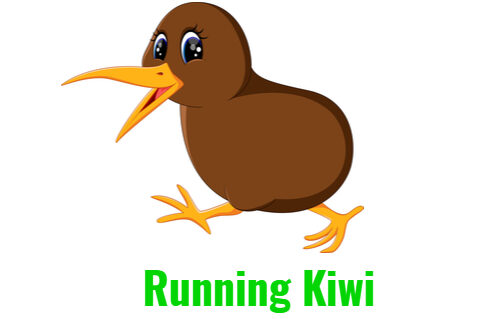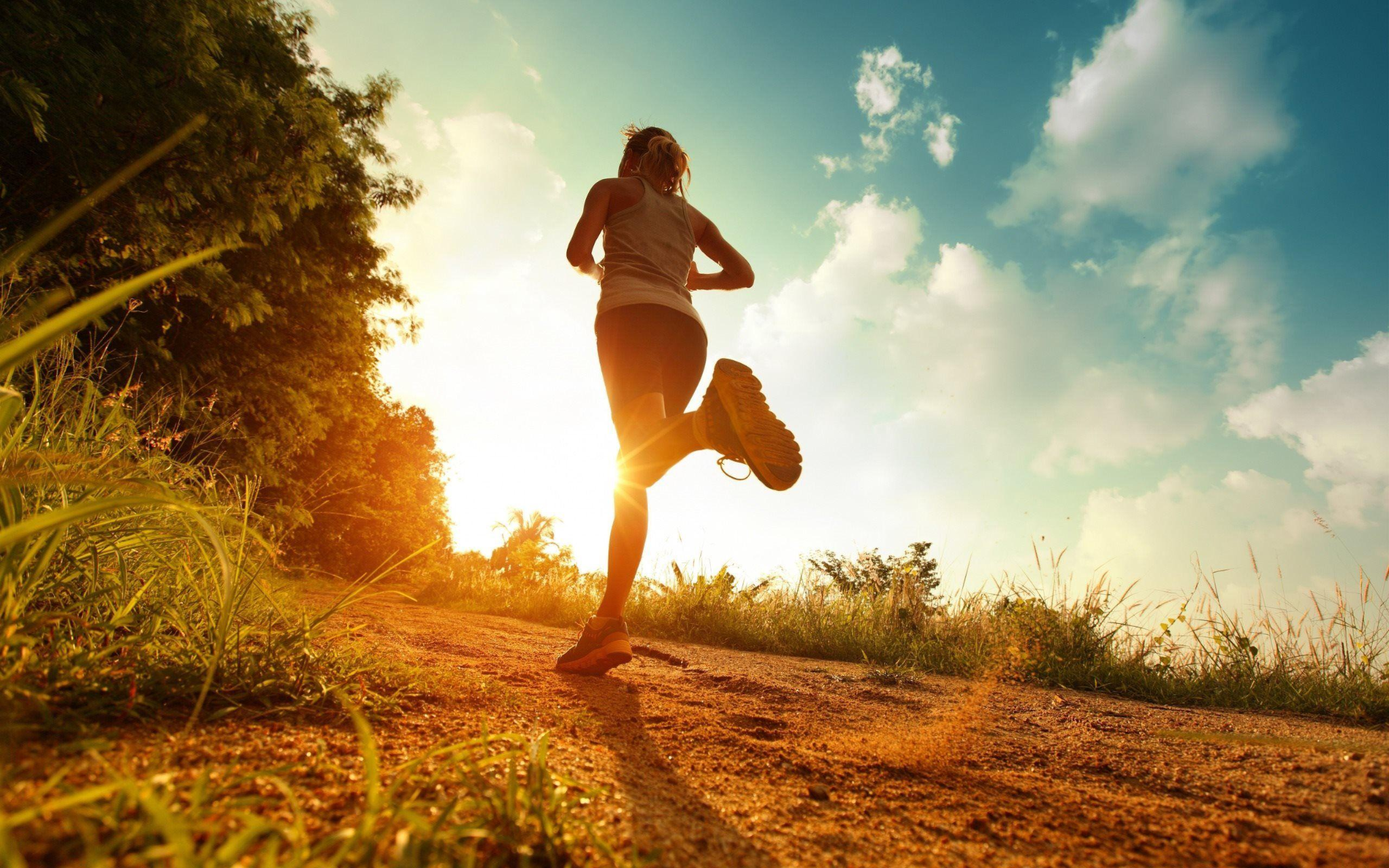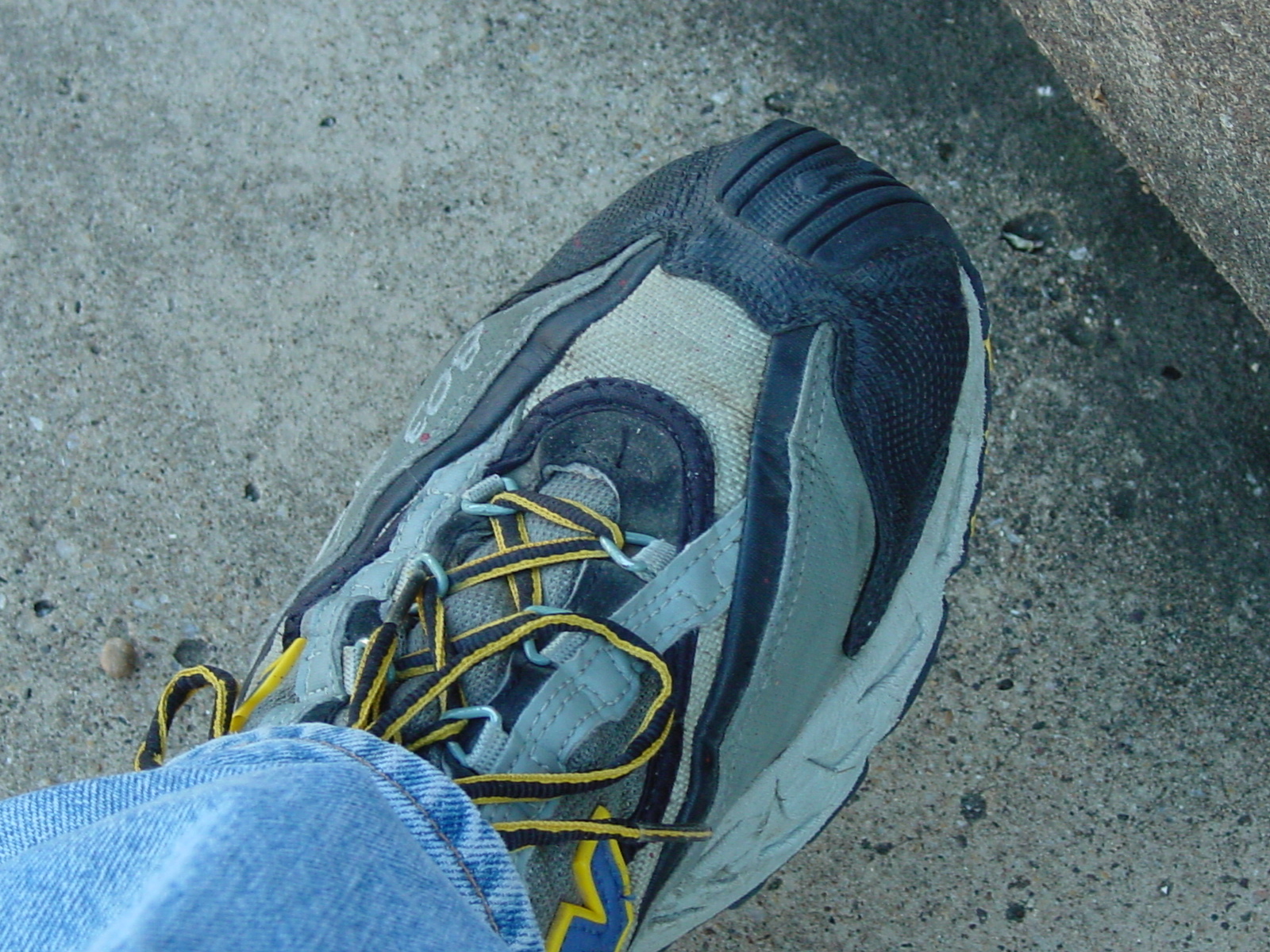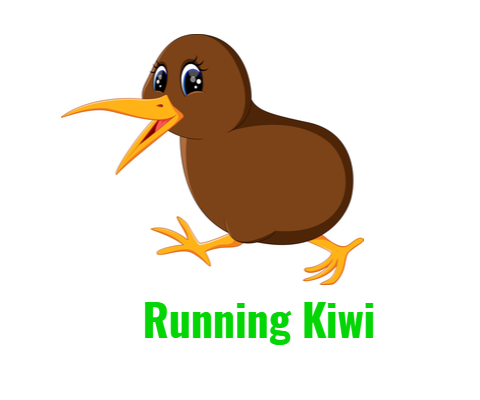Running is a popular sport that has been around for centuries. It is a simple yet effective way to stay fit and healthy. The roots of running can be traced back to ancient times when humans used running as a means of survival. In this article, we will explore the fascinating history of running and how it has evolved over time.
The history of running dates back to prehistoric times when humans used running to hunt for food and escape from predators. As civilization developed, running became a popular form of exercise and competition. The Greeks, in particular, were known for their love of running and held various running events during their Olympic Games.
Over time, running has evolved into a popular sport that is enjoyed by millions of people around the world. From marathon runners to sprinters, there are many different types of runners with unique styles and techniques. In the following sections, we will delve deeper into the history of running and explore how it has become the sport that we know and love today.
The Origin of Running
Running is a fundamental human activity that has been practiced for thousands of years. The origins of running can be traced back to ancient civilizations such as Egypt, Greece, and Persia. These cultures recognized the benefits of running and incorporated it into their daily lives.
The Greeks are credited with formalizing running as a sport. The first recorded running competition was held in 776 B.C.E. in ancient Greece, in the town of Olympia. The stadion race, a sprint of about 200 meters, was the only event held at the first Olympics. Over time, other running events were added, including the diaulos, a 400-meter race, and the dolichos, a long-distance race.
The marathon, a long-distance race of 26.2 miles, has its roots in ancient Greece as well. According to legend, after the Battle of Marathon in 490 B.C.E., a messenger named Pheidippides ran from Marathon to Athens, a distance of approximately 25 miles, to deliver news of the victory. This feat of endurance inspired the creation of the modern-day marathon race.
Road running, or running on paved surfaces, became popular in the 20th century. The first organized road race was held in Boston in 1897, and the sport has grown in popularity ever since. Today, road races of varying distances, from 5Ks to ultramarathons, are held all over the world.
Distance running, or running longer distances than the stadion race, has been practiced for centuries. The Tarahumara people of Mexico are known for their long-distance running abilities, and have been running for centuries as part of their culture. In recent years, ultramarathons, races longer than the traditional marathon distance, have become increasingly popular.
Overall, running has a rich history that spans cultures and centuries. Its origins can be traced back to ancient civilizations, and it has evolved into a popular sport and form of exercise today.
Different Types of Running
Running is a versatile sport that can be done in various ways, on different terrains, and at different speeds. The following are two main types of running:
Road Running
Road running is the most common type of running, which takes place on paved surfaces such as streets, sidewalks, and asphalt paths. It is a great way to get a cardiovascular workout and build endurance. Road running is typically done in urban or suburban areas, and it can be done solo or in groups.
Road running is ideal for individuals who prefer a predictable and even surface to run on. It is also a great way to train for long-distance races such as marathons and half-marathons.
Trail Running
Trail running is running on unpaved surfaces such as dirt, gravel, or rocks. It is a great way to connect with nature and challenge yourself with uneven terrain. Trail running is typically done in natural settings such as parks, forests, and mountains.
Trail running is ideal for individuals who enjoy a more challenging and unpredictable surface to run on. It is also a great way to build lower body strength and improve balance and coordination.
In conclusion, both road running and trail running have their unique benefits and challenges. Whether you prefer the predictability of the pavement or the adventure of the trail, running is an excellent way to improve your physical and mental health.
Running in Major Cities
Running in major cities can be an excellent way to explore the city while getting some exercise. However, it can also be challenging due to the crowds, traffic, and lack of green spaces. In this section, we will take a look at running in three major cities: London, NYC, and DC.
Running in London
London offers many opportunities for runners, with plenty of parks and green spaces to explore. Some of the best places to run in London include:
- Hyde Park: A large park in central London with several running trails and paths.
- Regent’s Park: Another popular park with running paths and beautiful gardens.
- Thames Path: A scenic route along the River Thames, passing many of London’s famous landmarks.
However, it is important to note that London can be very busy, especially during rush hour. Runners should be aware of their surroundings and consider running early in the morning or late at night to avoid the crowds.
Running in NYC
New York City is a bustling metropolis with many unique challenges for runners. Despite this, there are still many great places to run in the city, including:
- Central Park: One of the most iconic running spots in the world, with several running paths and beautiful scenery.
- Hudson River Greenway: A scenic route along the Hudson River, with stunning views of the Manhattan skyline.
- Prospect Park: A large park in Brooklyn with several running trails and paths.
However, runners in NYC should be aware of the traffic and crowds, especially in popular tourist areas. It is also important to stay alert and aware of your surroundings, especially when running alone.
Running in DC
Washington DC is a city full of history and culture, with many great places to run. Some of the best places to run in DC include:
- National Mall: A large park in the heart of DC, with several running paths and stunning views of the monuments.
- Rock Creek Park: A large park with several running trails and paths, located in the heart of the city.
- Capital Crescent Trail: A scenic route that runs from Georgetown to Bethesda, passing through several parks and neighborhoods.
However, runners in DC should be aware of the heat and humidity during the summer months, as well as the crowds near popular tourist areas. It is also important to stay alert and aware of your surroundings, especially when running alone.
Overall, running in major cities can be a great way to explore the city while getting some exercise. However, runners should be aware of the unique challenges that come with running in busy urban areas and take appropriate precautions to stay safe.
Running Gear
When it comes to running, having the right gear can make all the difference. From shoes to clothing, there are plenty of options available to help runners perform their best. In this section, we will take a closer look at some of the top running gear options available today.
Adidas Running Gear
Adidas is a well-known brand in the running world, offering a wide range of gear for runners of all levels. Their products are designed with performance and comfort in mind, making them a popular choice among runners.
One of the most popular products from Adidas is their line of running shoes. They offer a variety of options, including shoes designed for trail running, long-distance running, and sprinting. Their shoes are known for their comfort and support, with features like Boost technology and Primeknit uppers.
In addition to shoes, Adidas also offers a range of clothing for runners. Their clothing is designed to be lightweight and breathable, allowing runners to stay cool and comfortable during their workouts. They offer everything from shorts and tights to jackets and hoodies, all designed with the needs of runners in mind.
Overall, Adidas is a great choice for runners looking for high-quality gear that will help them perform their best. With a wide range of products available, there is something for every runner, whether they are just starting out or are seasoned veterans.
That’s it for the Running Gear section.
Running as a Profession
Running can be more than just a hobby or a way to stay healthy. For some, it can be a full-time profession. Professional runners are athletes who make a living from running, either through sponsorships, prize money, or coaching.
Professional runners come in all shapes and sizes, from sprinters to marathoners. They train rigorously, often for several hours a day, and compete in races both locally and internationally. Some professional runners also work with coaches to improve their technique and performance.
Becoming a professional runner is not easy. It requires a combination of natural talent, hard work, and dedication. Most professional runners start out as recreational runners and gradually work their way up to elite status. They often compete in local races and work to improve their times and rankings.
Once they reach a certain level, professional runners can start looking for sponsorships and coaching opportunities. Sponsors can provide financial support, as well as equipment and other resources to help runners improve their performance. Coaches can provide guidance and support, helping runners to develop their skills and reach their full potential.
Professional runners also have the opportunity to compete in major races around the world, such as the Olympics and the Boston Marathon. These races offer significant prize money and prestige, and can help runners to build their reputations and attract more sponsorships.
Overall, running can be a rewarding and fulfilling profession for those who are passionate about the sport. While it requires a significant amount of hard work and dedication, the rewards can be substantial, both in terms of financial compensation and personal satisfaction.
Women in Running
Women’s participation in running has come a long way since the early days of the sport when they were banned from competing in official races. In 1961, the Amateur Athletic Union (AAU) prohibited women from participating in all U.S. road races. However, 19-year-old runner Julia Chase challenged the ban by entering a 6.5-mile road race in Chicopee, Massachusetts. Although her run garnered media attention, her attempt was largely regarded as a spectacle.
It wasn’t until the 1970s that women’s running began to gain recognition and acceptance. In 1972, Title IX was passed, which prohibited gender discrimination in any educational program or activity receiving federal funding. This opened the door for women to participate in sports, including running, at the collegiate level.
The first women’s Olympic marathon was held in 1984 in Los Angeles, marking a significant milestone in women’s running. Joan Benoit Samuelson won the gold medal in the event, becoming an inspiration for female runners around the world.
Since then, women’s participation in running has continued to grow. In 2019, Brigid Kosgei of Kenya shattered the women’s marathon world record by 81 seconds, finishing the Chicago Marathon in 2 hours 14 minutes 4 seconds. This achievement is a testament to the progress that women have made in the sport.
Today, women make up a significant portion of the running community. According to a 2021 survey by Running USA, women accounted for 57% of all road race finishers in the United States. This shows that women’s participation in running is not only accepted but also celebrated.
In conclusion, women’s involvement in running has come a long way since the early days of the sport. From being banned from competing to breaking world records, women have made significant strides in the running community. Their contributions have helped shape the sport into what it is today, and their continued participation will undoubtedly inspire future generations of female runners.
The Passion for Running
Running is more than just a physical activity; it is a passion that drives millions of people worldwide. The passion for running is a deep-rooted feeling that motivates individuals to lace up their shoes and hit the pavement, track or trail. The passion for running can be described as an intense desire to run, a feeling of joy and fulfillment that comes from running, and a sense of purpose and accomplishment that running provides.
The passion for running is not something that develops overnight. It is a gradual process that is nurtured by various factors, including support from family and friends, exposure to the running community, and personal experiences. The support of family and friends is crucial in developing a passion for running. Encouragement, motivation, and recognition from loved ones can inspire individuals to push themselves further and achieve their goals.
The running community also plays a significant role in fueling the passion for running. Being part of a community of like-minded individuals who share a common interest and goal can be a source of inspiration and motivation. Runners can learn from each other, share experiences, and offer support and encouragement.
The passion for running is not limited to the individual runner. It is also a public display of dedication and commitment to the sport. Runners often participate in races, marathons, and other events to showcase their passion for running. The public display of passion for running can inspire others to take up the sport and experience the joy and fulfillment that comes with it.
In conclusion, the passion for running is a driving force that motivates individuals to pursue their goals and achieve their dreams. It is nurtured by support from family and friends, exposure to the running community, and personal experiences. The public display of passion for running can inspire others to take up the sport and experience the joy and fulfillment that comes with it.
Running Techniques and Strategies
Running is a simple activity that can be performed anywhere and anytime. However, there are certain techniques and strategies that can help runners improve their performance and reduce the risk of injury. In this section, we will discuss some of the most effective running techniques and strategies.
Speed Techniques
Speed is an important aspect of running, and there are several techniques that can help runners increase their speed. One of the most effective techniques is interval training, which involves alternating between high-intensity sprints and low-intensity recovery periods. This type of training can help improve cardiovascular fitness and increase running speed.
Another effective speed technique is hill training, which involves running up and down hills. This type of training can help improve leg strength and increase speed.
Long Distance Techniques
Long distance running requires a different set of techniques than sprinting. One of the most important techniques for long distance running is pacing. Runners need to maintain a consistent pace throughout the entire race to conserve energy and avoid fatigue.
Another effective technique for long distance running is proper breathing. Runners should focus on breathing deeply and exhaling fully to increase oxygen intake and reduce fatigue.
Distance Running Strategies
Distance running requires a different set of strategies than sprinting or long distance running. One of the most important strategies for distance running is proper hydration and nutrition. Runners need to consume enough water and electrolytes to stay hydrated and avoid cramping.
Another effective strategy for distance running is mental preparation. Runners need to stay focused and motivated throughout the entire race to avoid mental fatigue and maintain a strong pace.
Knowledgeable Running
Knowledgeable running involves understanding the mechanics of running and how to optimize performance. One of the most important aspects of knowledgeable running is proper form. Runners need to maintain proper posture, foot strike, and arm swing to reduce the risk of injury and increase performance.
Another important aspect of knowledgeable running is understanding how to train effectively. Runners need to balance their training with proper rest and recovery to avoid injury and improve performance.
In conclusion, running techniques and strategies are essential for improving performance and reducing the risk of injury. Whether you are a sprinter, long distance runner, or distance runner, there are techniques and strategies that can help you optimize your performance. By focusing on proper form, pacing, hydration, and mental preparation, runners can achieve their goals and become more knowledgeable about the sport of running.




